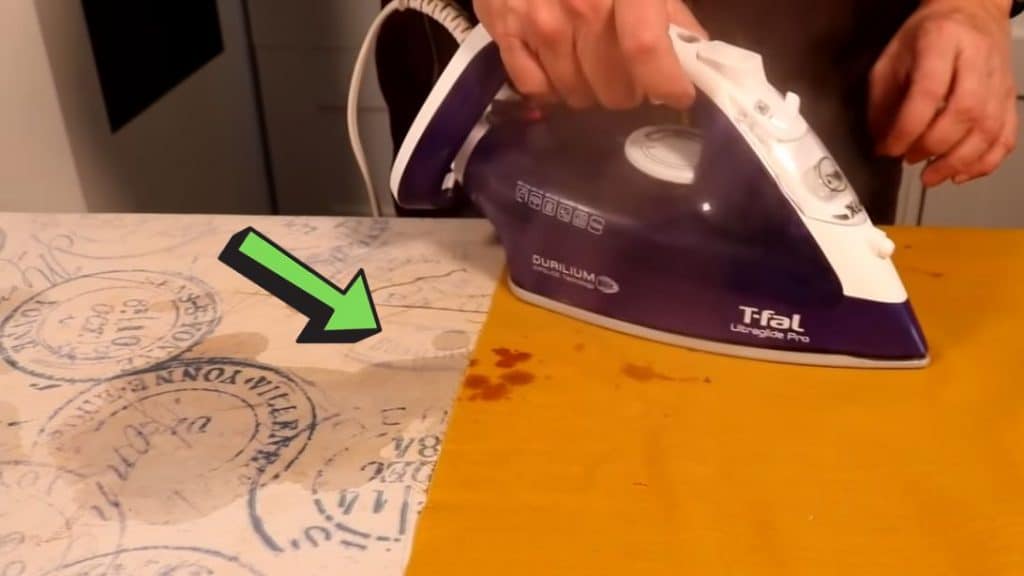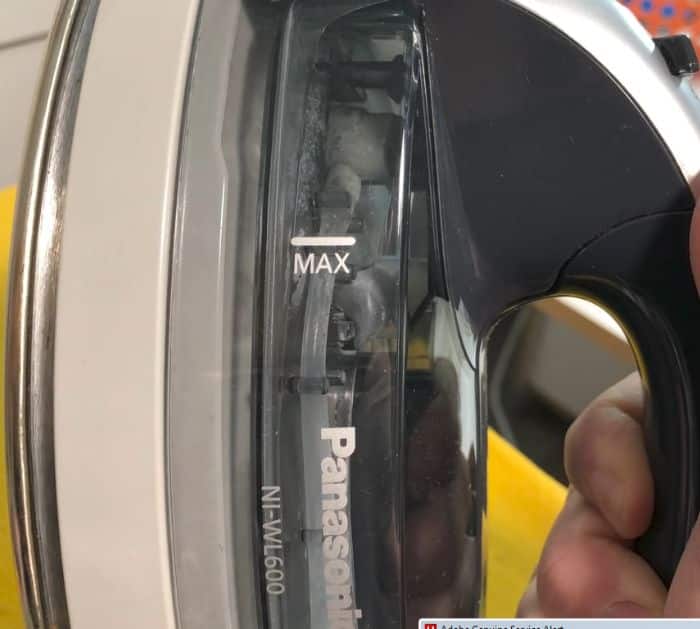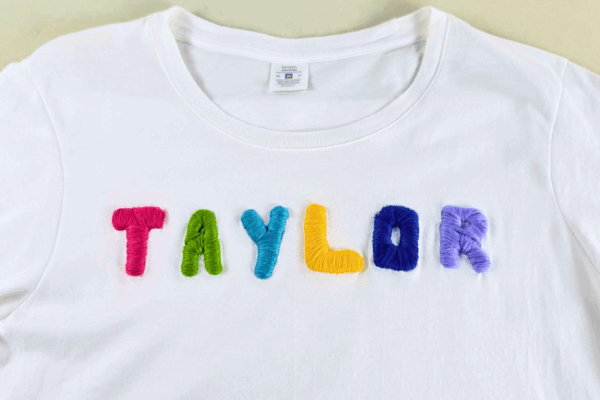
One of the most common issues with iron is that it leaks. There are several factors why this happens. Here are 8 ways to prevent water leaking from your steam iron by Just Get it Done Quilts.
1 – Overfilling
Every steam iron has a water reservoir, and each one has a fill line to show its maximum capacity. It is different for every single iron. Any water over the fill line will leak out through the fill hole in front or leak down through the iron, through the soleplate.

2 – Not hot yet
Above the soleplate, there is a steam-generating chamber. When the steam switch is turned on, water flows from this tank to the chamber. If the element is hot enough, steam is produced and flows out through these holes on the bottom. If you do not wait enough to get it hot, the water in the steam chamber cannot turn to steam and will leak out as water through the soleplate. Keep your steam switch in the off position until you need it.
3 – Wrong orientation
For iron with a micro plumb or level sensor, always fill it in an upright position and keep your steam switch in the off position until you need it.
4 – Water left in iron
After each use, empty the water from the water tank. Do not store the iron with water inside.
[social_warfare buttons=”facebook,pinterest,twitter,whatsapp”]
5 – Setting too low
Not all fabrics need high temperatures. If you have an iron set at one of the lower heat settings, it’s not as efficient for making steam leading to water leaking out. So, you need to turn off your steam when ironing silks and polyesters.
6 – Pulsing too fast
A pulse is an extra burst of steam from your iron through your soleplate. The number of pulses you can do in quick succession depends on the size of your iron’s steam chamber. When your iron’s steam chamber empties, it’s going to take a period before the water in the chamber is hot enough to produce steam.

7 – Using distilled water
Check your iron’s user manual to be sure you’re using the right type of water. Most irons today require tap water or bottled spring water.
8 – Units need cleaning
Your iron should be clean inside and outside.




